When to Cycle in Denmark
Learn the best time to cycle in Denmark. Seasonal weather, daylight, and local tips ensure your cycling trip is safe and enjoyable.
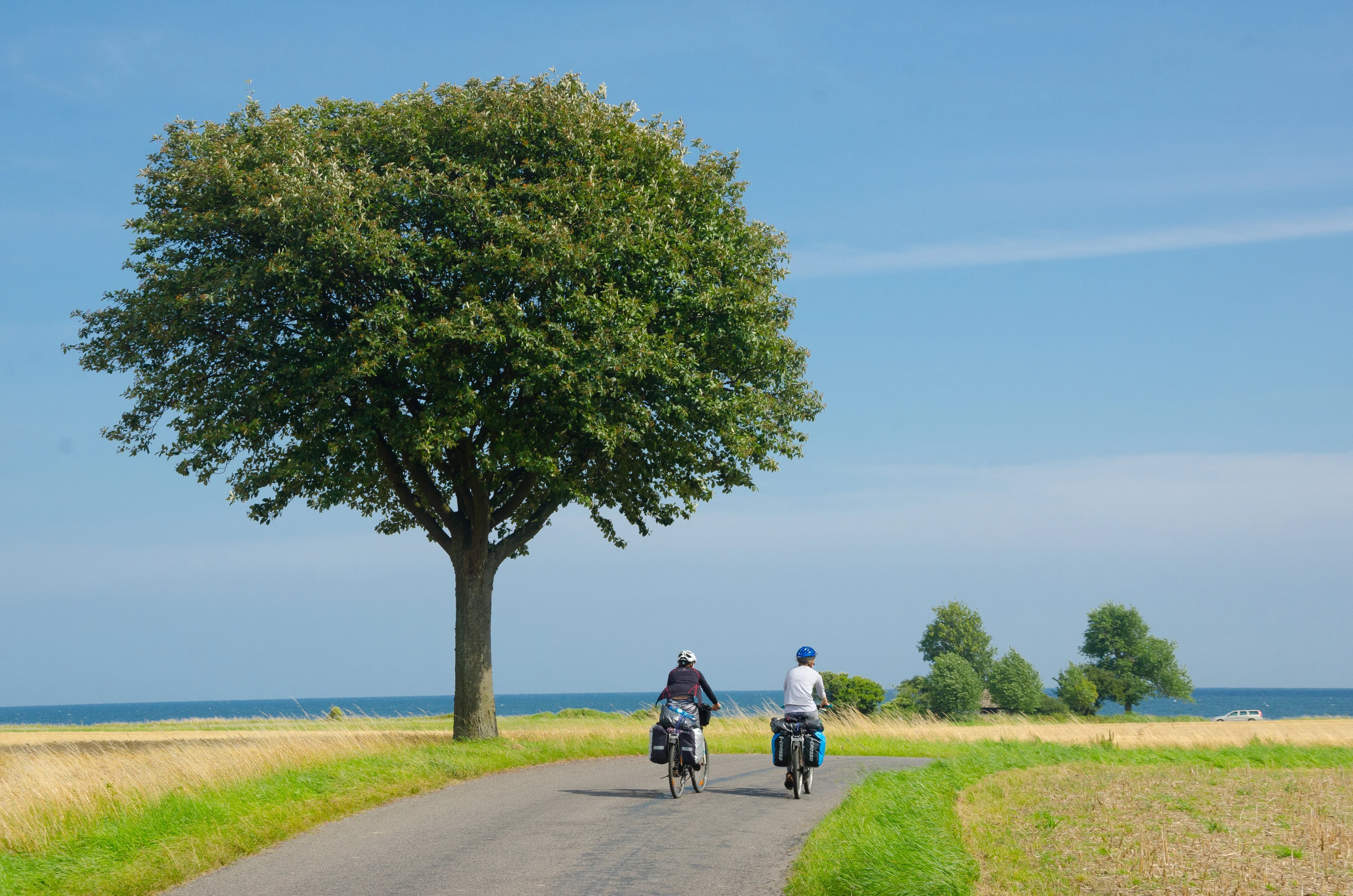
Denmark has a temperate maritime climate, influenced by the North Sea and Baltic Sea. Winters are cold and dark, while summers are relatively mild with average highs around 20–22°. Rain is common throughout the year, but usually falls as light showers rather than heavy downpours.
Knowing when to go is key to enjoying the country’s long daylight hours, coastal breezes, and beautiful landscapes.

While the main cycling season runs from April to October, each part of the year has something different to offer.
When to Cycle in Denmark — At a Glance
Main season: April to October (best mix of daylight, mild weather, and open attractions)
Spring (Apr–May): 8–17°C, long daylight hours, fresh green landscapes, quiet roads
Summer (Jun–Aug): 18–22°C, up to 18 hours of daylight, peak season with lively towns and festivals
Autumn (Sep–Oct): 10–16°C, colorful scenery, fewer tourists, shorter days but pleasant rides
Winter (Nov–Mar): 1–7°C, short days, wind and rain common — not recommended for holiday cycling
One of Europe’s windiest countries with average winds of 4–7 m/s (14–25 kilometers/h)
By Month: the Best Times to Ride
April
Daytime highs climb to 8–12°C, with fresh breezes and relatively low rainfall. Fields turn green, and daylight stretches to 13–14 hours. The first real opportunity for enjoyable holiday cycling, with fewer tourists on the roads.
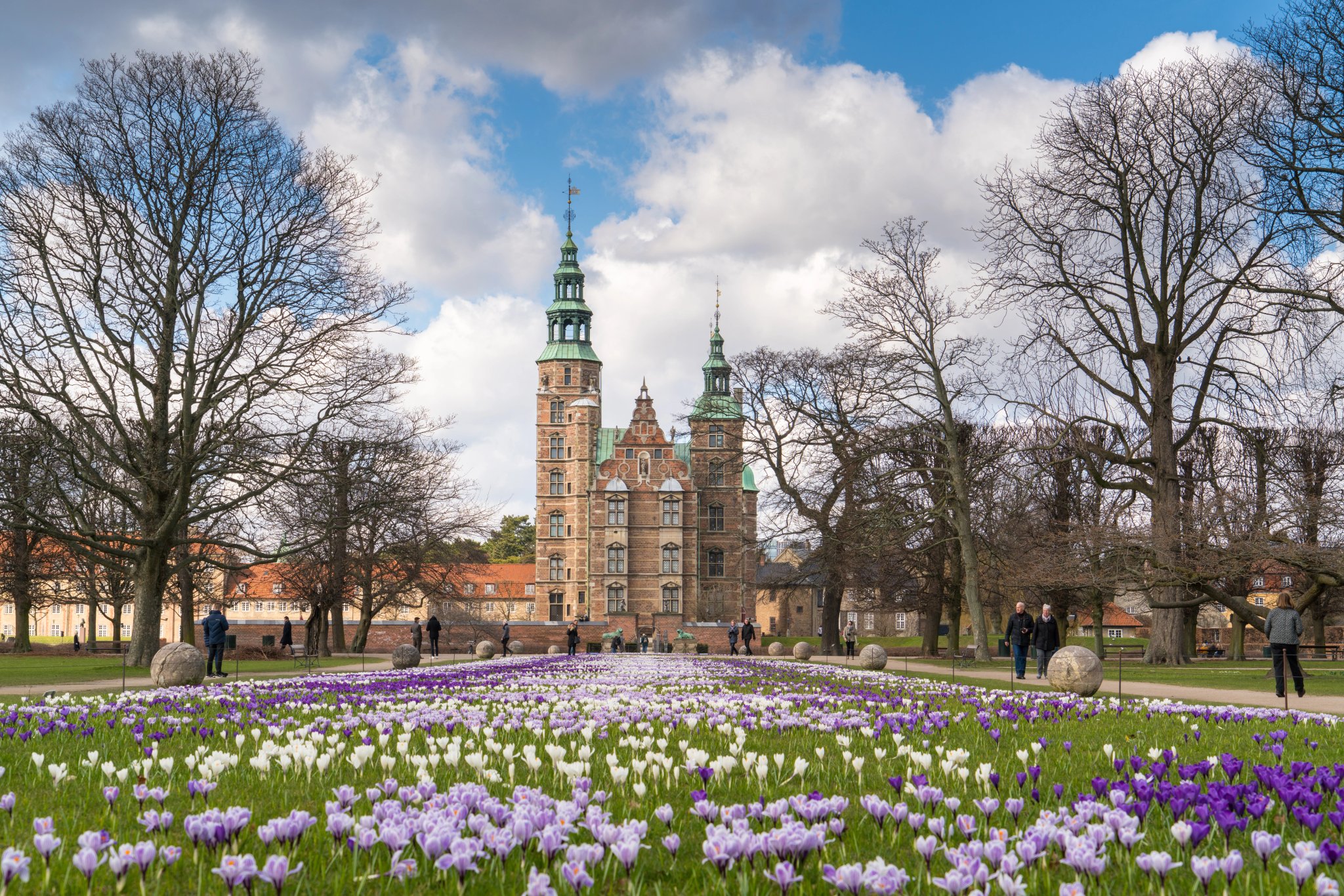
May
One of the most pleasant months to cycle: temperatures reach 13–18°C, and the landscapes are bright with flowers and greenery. Rainfall remains relatively low. Daylight extends to about 16 hours, making long rides possible without rushing.
June
Mild and sunny, with averages of 16–20°C and long evenings thanks to 17 hours of daylight. Rain is still moderate, and countryside views are lush. It’s an excellent month for touring before the peak holiday crowds arrive.
July
The warmest and sunniest month, averaging 20–22°C with occasional peaks up to 28°C. Daylight is still close to 17 hours, and conditions are ideal for long-distance rides. However, this is peak holiday season, so expect busier tourist areas and higher accommodation demand.
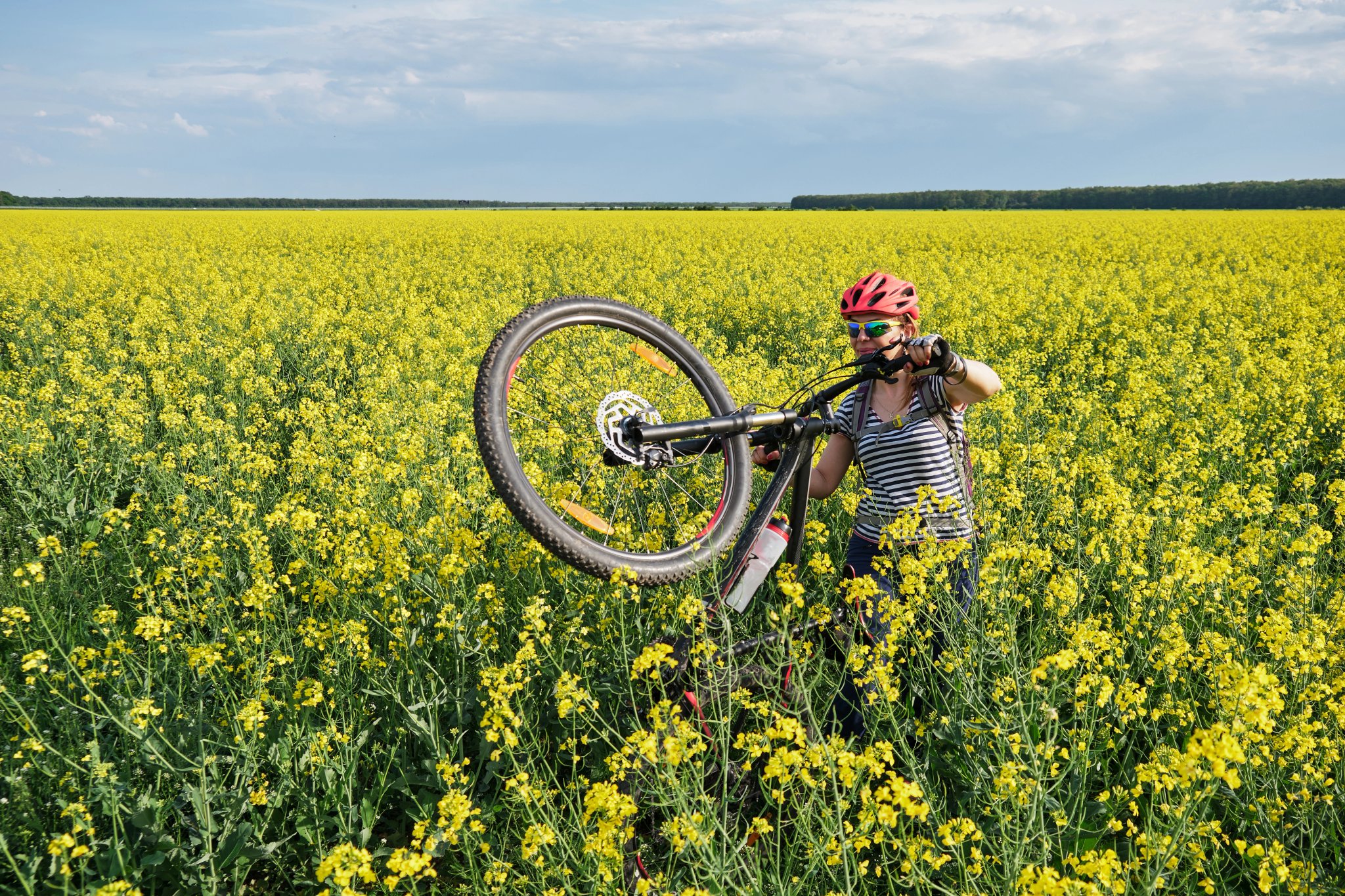
August
Still warm at 18–21°C, though slightly cooler than July. Rainfall increases, but cycling conditions remain good. Daylight drops to about 15 hours by late August, and while roads near attractions remain busy, rural routes feel calmer than mid-summer.
September
Mild early autumn weather, with highs of 14–17°C. Rainfall increases, but September is generally comfortable for riding. Daylight shortens to 12–13 hours, and with the holiday crowds gone, cycling routes are quieter and landscapes colorful.
October
Temperatures fall to 9–12°C, and rainfall is heavier, especially toward the end of the month. Daylight shrinks to 10 hours, creating shorter windows for cycling. Still, the autumn colors and crisp air make for scenic rides.
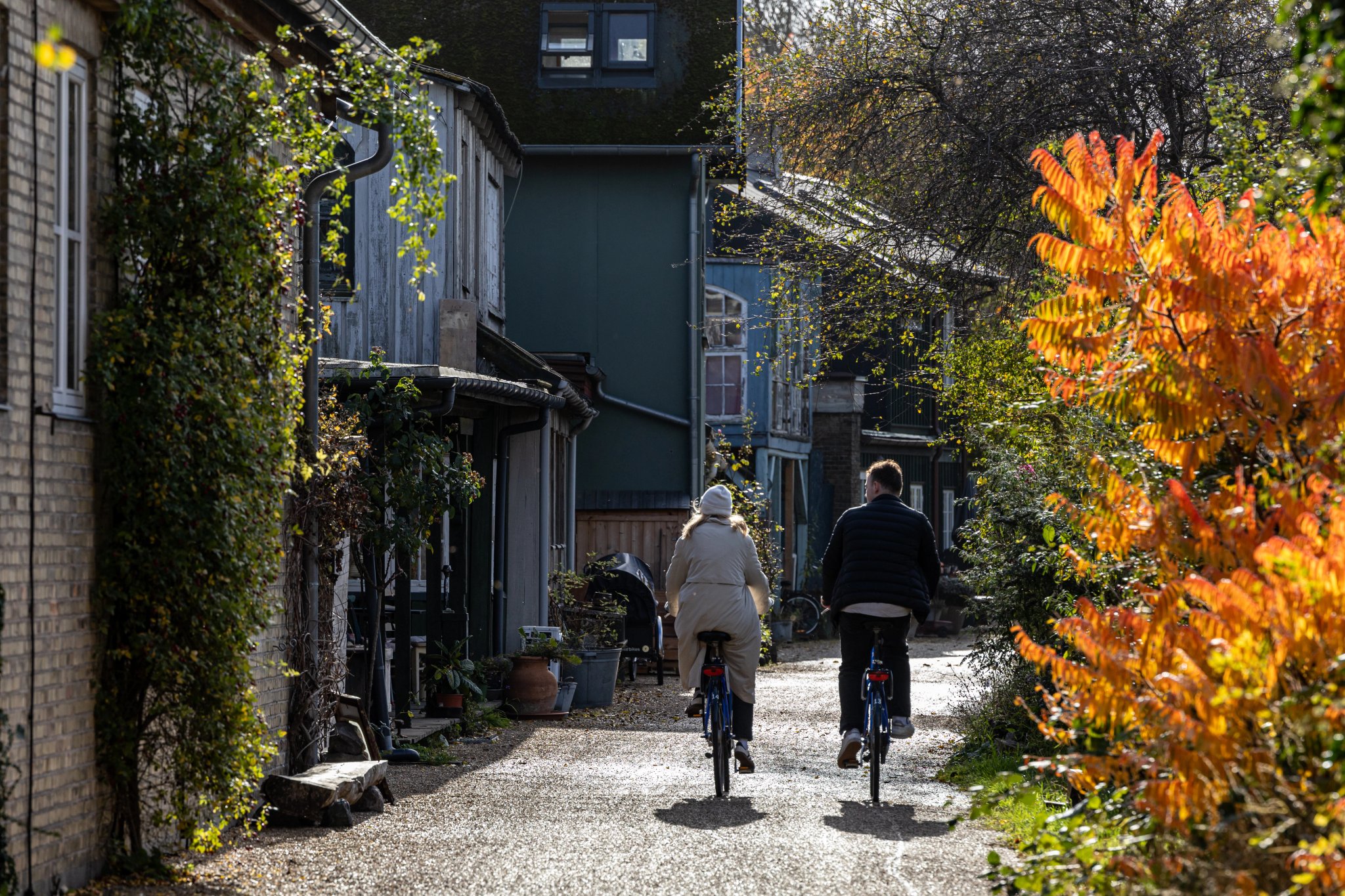
November - March
From November to March, cycling conditions in Denmark are best left to hardy locals rather than visitors. Temperatures range between 1–8°C, with frequent rain, sleet, or even snow, and daylight is limited — as little as 7 hours in mid-winter. Strong winds and damp conditions add to the challenge, making long leisure rides uncomfortable.
While March and April bring signs of spring, with temperatures rising to 8–12°C and daylight extending to 13–14 hours, early-season riders should still expect rain showers and chilly mornings. April is generally the first month when cycling becomes pleasant, with green fields, fresh breezes, and quieter roads.
Danish Daylight Hours
Daylight is one of the biggest factors in planning a cycling holiday in Denmark. While summers are ideal, winters are generally not suitable for cycling due to short days, cold, wet, and sometimes snowy conditions. The country’s northern latitude means huge differences between summer and winter:
Summer’s long days – In late June, the sun rises around 4:30 am and sets after 10:00 pm, giving cyclists up to 18 hours of light. This makes it easy to plan long rides and still have time for sightseeing, dining, and relaxing in the evenings. The long twilight hours also make cycling in the evening safe and enjoyable.
Winter’s short days – In December, sunrise is not until 8:30 am, and sunset is around 3:30 pm. With only 7 hours of daylight, plus frequent rain, strong winds, and snowy or icy conditions, cycling options are very limited. For most travelers, this season is best avoided, unless you are comfortable riding in urban areas with strong bike-light systems.

Weather in the East vs the West
Although Denmark is small, the two coasts experience slightly different climates. Here is what you should know when choosing which region to ride.
Western Denmark – Facing the North Sea, this region is windier and wetter, with average annual rainfall of 900 mm compared to 600–700 mm in the east. The strong westerly winds can make cycling challenging but also rewarding when you ride with the wind at your back. Scenery includes wide beaches, dunes, and the UNESCO-listed Wadden Sea. Experience the highlights of western Denmark during our Baltic Little Belt Bike Tour.
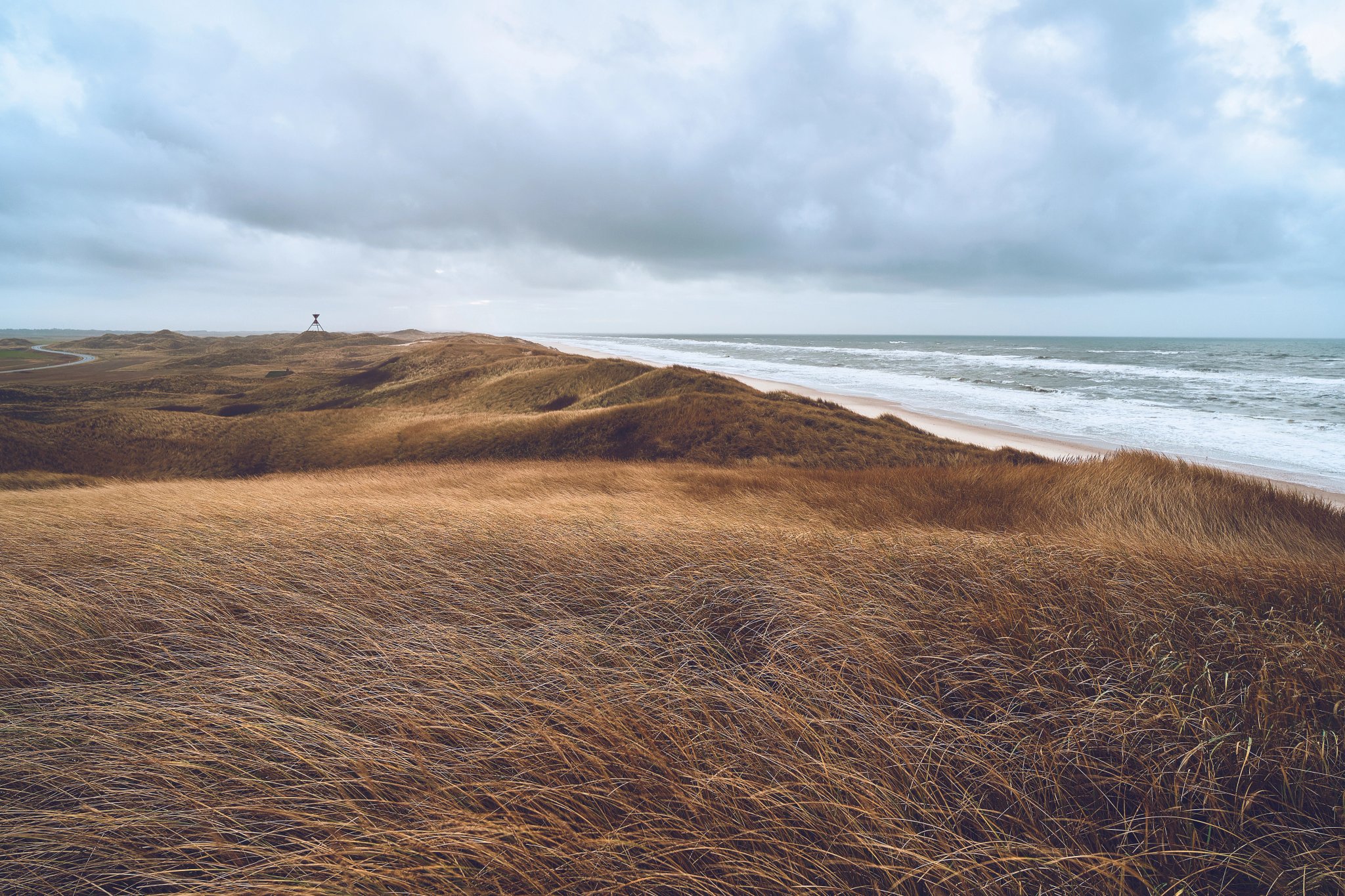
Eastern Denmark – Copenhagen, Zealand, and Funen island are generally drier and less windy. Annual rainfall averages around 650 mm, and the Baltic Sea moderates the climate. These regions are better suited for families or first-time visitors seeking calmer rides with more cultural stops. Get the best out of Eastern Denmark on our Best of Royal Zealand tour
Bornholm Island – Nicknamed “the Sunshine Island,” Bornholm gets more annual sunshine than the mainland. Summer temperatures average 22°C (72°F), and the island is famous for its cycling network, which connects beaches, forests, and the medieval fortress Hammershus. Visit Denmark’s Sunshine Island with the Ultimate Bornholm Bike Tour
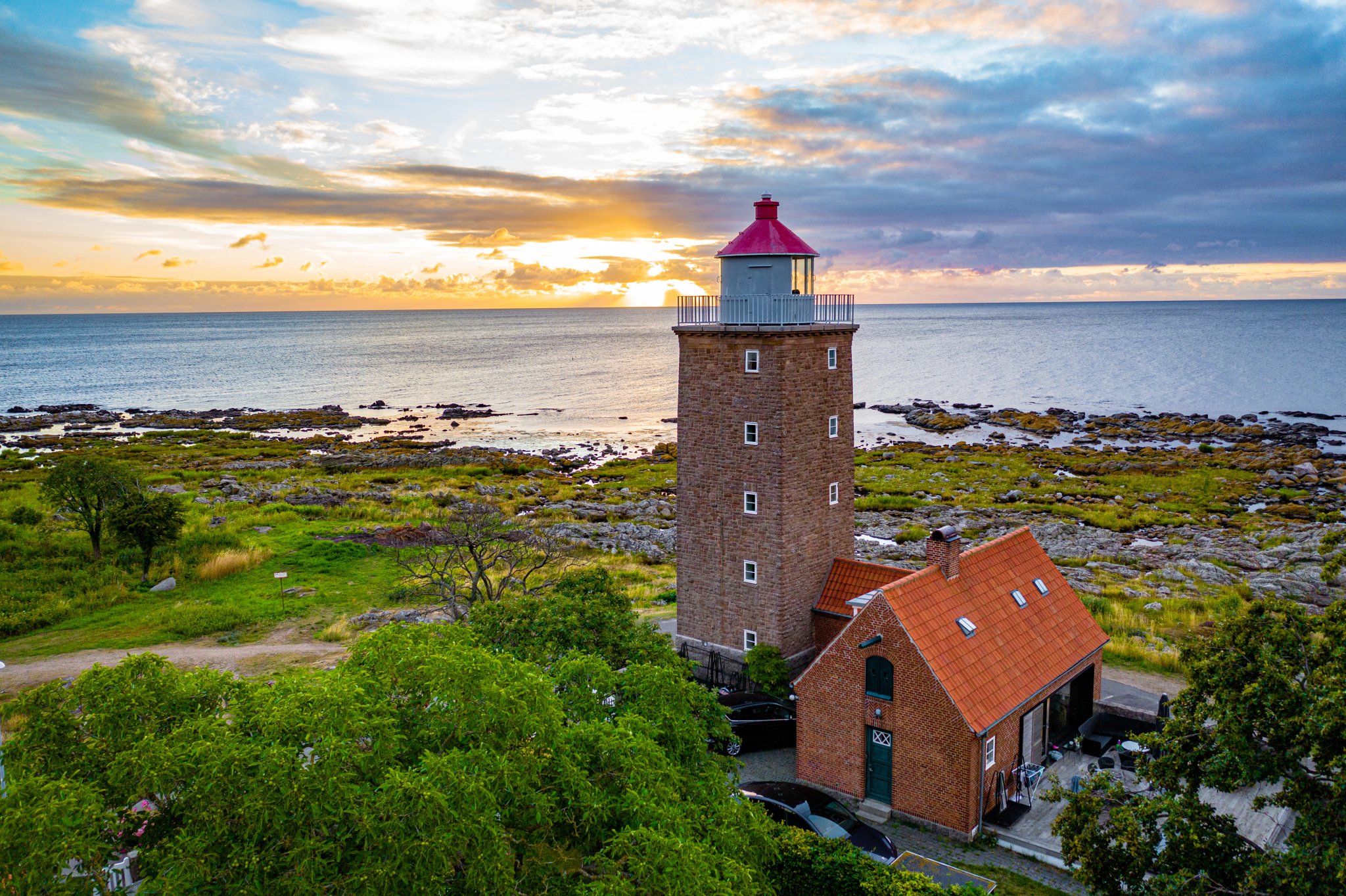
Wind and Rain Considerations
Wind and rain are part of Denmark’s climate, but with the right preparation they don’t need to spoil your trip.
One of Europe’s windiest countries – Denmark’s steady breezes, mostly from the west, average 4–7 m/s (14–25 kilometers/h). It’s this reliable wind that has made the country a global leader in wind energy. For cyclists, it usually feels like a constant tailwind or headwind rather than stormy conditions.
On the exposed west coast of Jutland, gusts can be much stronger, especially in autumn and winter, occasionally strong enough to topple trees or interrupt ferries.

For cyclists, it’s best to plan eastbound routes so headwinds become tailwinds, making the ride easier and more enjoyable.
Rainfalls are short but frequent
Denmark actually gets less annual rainfall than much of Western Europe (around 700–800 mm a year, compared with more than 1,000 mm in parts of Germany or the UK).
Rain is spread fairly evenly across the year, but summer showers are usually short and light, so they rarely disrupt a full day of cycling.
The wettest months are typically September to November, when autumn storms can bring heavier rain, while spring and early summer are among the driest and most pleasant times to ride.

Be ready for shifting weather
Denmark’s coastal location between the North Sea and the Baltic means weather can be unpredictable in all seasons. A sunny morning might turn into a cloudy, windy afternoon, especially in spring and autumn when temperatures swing the most.
Even in summer, the temperature can drop suddenly with a passing rain shower or strong sea breeze. The difference is not extreme and is considered normal in these latitudes, but having extra clothing is recommended.
Where to Check the Weather
Forecasts are essential for planning daily routes, as conditions can change quickly. Denmark has reliable local and international weather services.
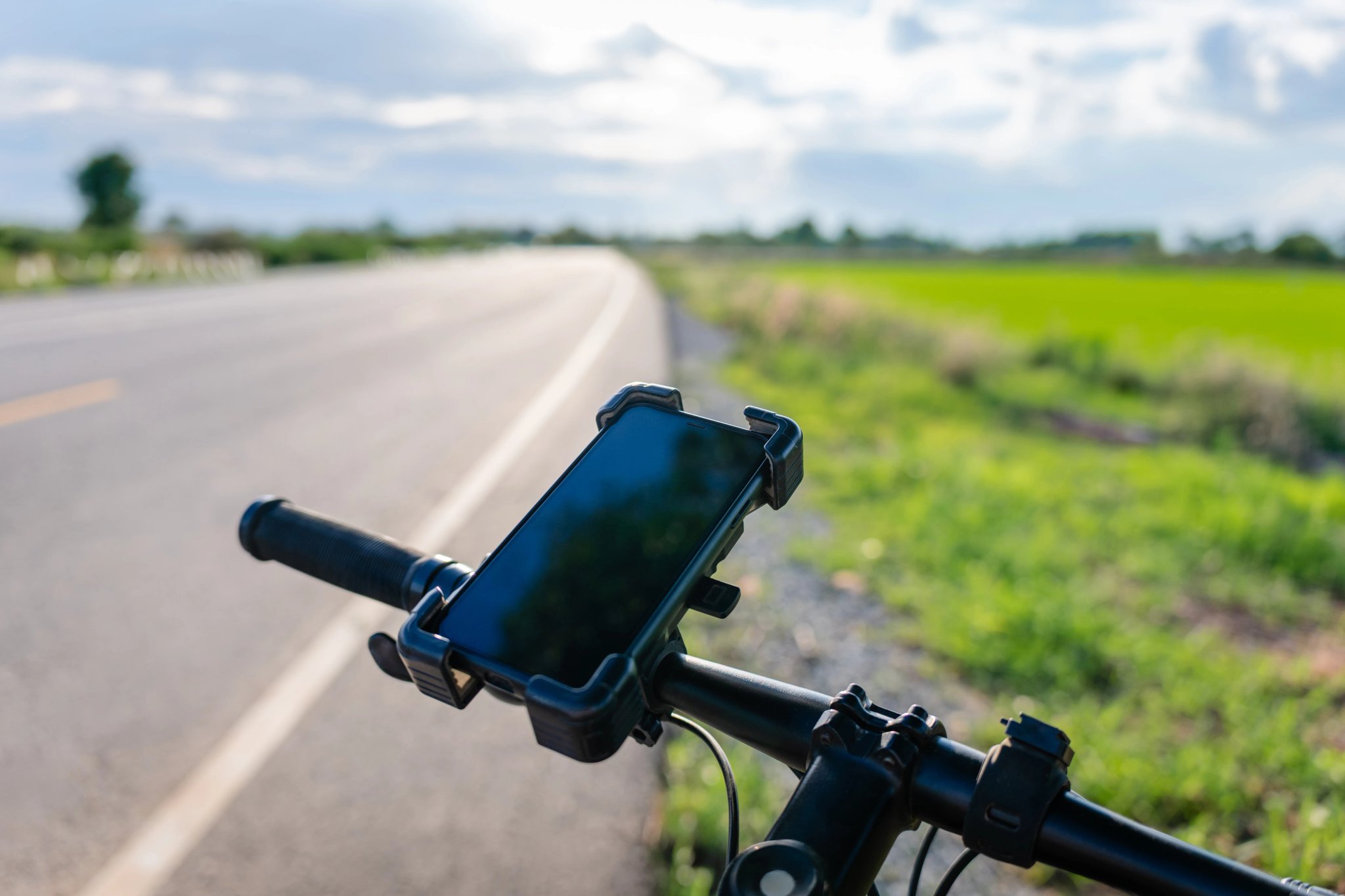
Danish Meteorological Institute (DMI) – The national weather service provides accurate short- and long-range forecasts. Their website and mobile app include wind maps, radar images, and regional details.
Yr.no – This international app is popular among cyclists for its precise wind forecasts and long-range models.
Windy – Known for its interactive maps, which are especially helpful when planning routes that avoid headwinds.
Local knowledge – Don’t underestimate the value of asking locals. Hotel staff, café owners, or fellow cyclists often know whether conditions are likely to improve or worsen in the short term. This can be especially helpful in coastal regions.
Ride Smarter
Knowing when to cycle in Denmark will help you make the most of your trip, with the right balance of daylight, weather, and scenery.
Can’t decide when to go? Reach out to us and let’s plan your perfect Denmark cycling adventure.

Hassle-Free
We handle itineraries, accommodations, and anything else you prefer not to deal with, so you can enjoy a carefree holiday.

Completely Customizable
Flexibility is our middle name — whether you want more or less, or just beyond ordinary, we’ll make it happen.

Book with confidence
We are a financially protected company, fully bonded and insured, keeping your money safe and allowing you to travel with confidence.

Unbeatable support
Our 24/7 customer support is where we show our passion, bringing you a better experience by making your well-being our number one priority.
.jpg&w=3840&q=75)
